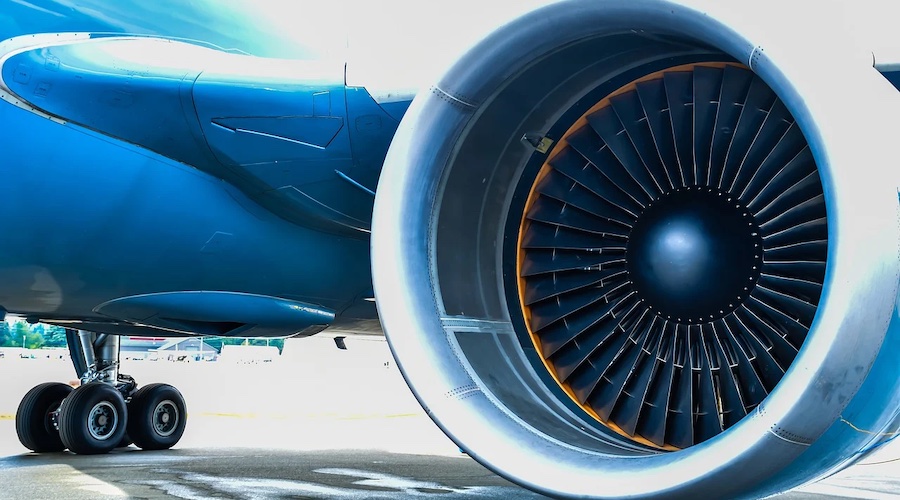Enhanced aluminum for aircraft now a possibility

New and more resistant aluminum alloys for aircraft are now a possibility after researchers found a series of patterns in the atomic structure of the metal.
The scientists, based at the Belgorod State University (BSU) and the Skolkovo Institute of Science and Technology (Skoltech), set up to study aluminum alloys at the atomic level because, in their view, the evolution of the commonly used Al-Cu-Mg-Ag alloy structure and mechanical properties in various thermal or thermomechanical treatment modes and operating conditions is still not well understood.
“While experimenting with the heat-resistant aluminum alloy containing very small quantities of copper, magnesium and silver, we observed the formation of dispersed particles with a thickness of only a few nanometers which make the alloy much stronger despite their small size,” Anton Boev, one of the scientists at Skoltech involved in the project, said in a media statement.
“In addition, the particles turned out to be coherent and fit well into the aluminum matrix, like pieces of a puzzle, although with slight distortions in their atomic structure.”
Boev pointed out that he and his colleagues also noticed that the particles’ structure and, therefore, the heat-treated alloy’s mechanical behaviour change according to a certain pattern.
The group believes that the combination of mechanical properties they have obtained should help extend the lifetime of aircraft structures made from these materials.
{{ commodity.name }}
{{ post.title }}
{{ post.date }}

Comments